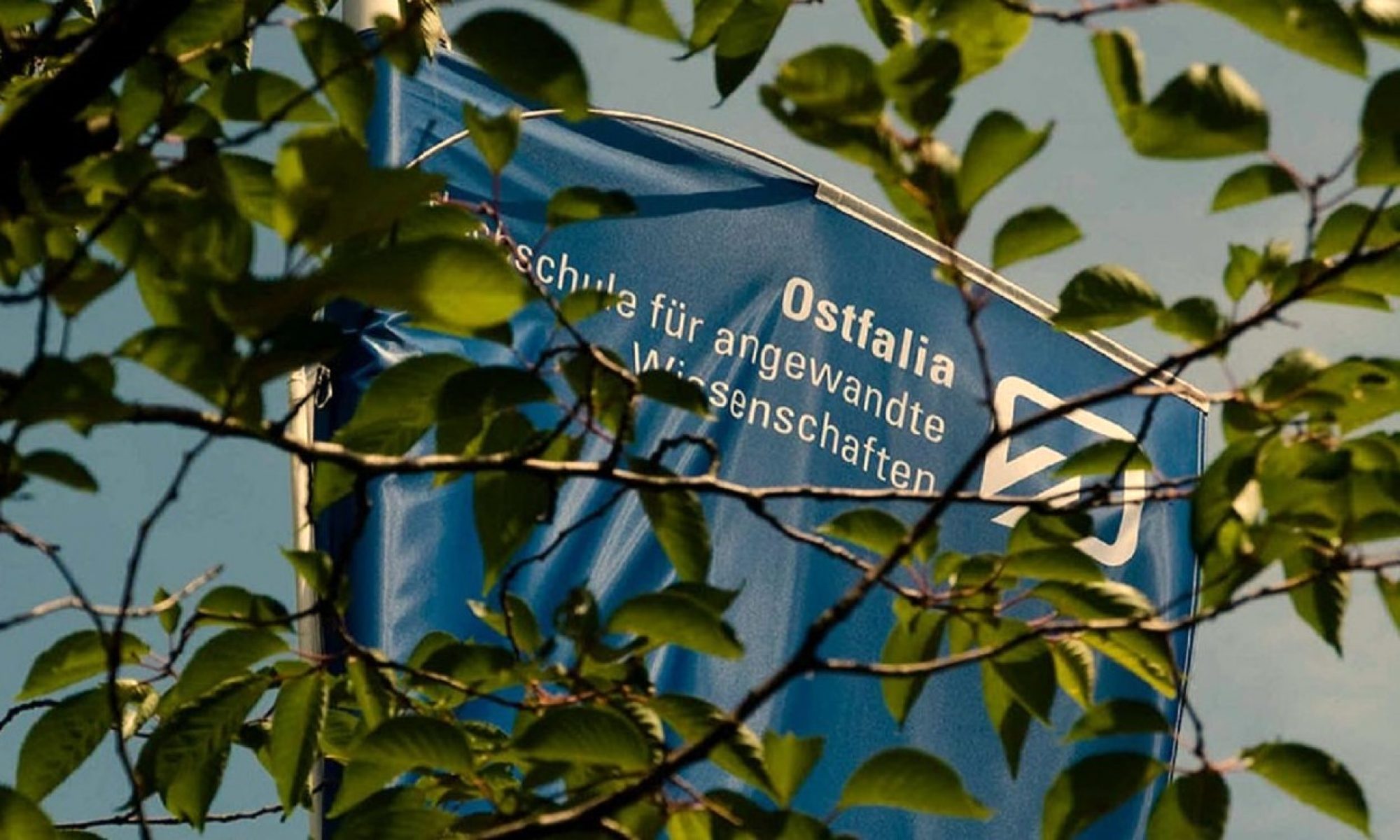Samuel Bengmark
samuel@chalmers.se
Chalmers University of Technology and University of Gothenburg
Abstract
The shortage of STEM teachers in Europe (Kearney & Schoolnet, 2016) poses a significant challenge, as teachers play a crucial role in inspiring future generations to pursue engineering. To address this issue in Sweden, Chalmers University of Technology has, since 2011, offered a double-degree program in engineering and education (Bengmark, Lundh & Gerlee, 2021). By enrolling in the master’s program Learning and Leadership, students earn both a Master of Science in Engineering and a teaching qualification for upper secondary school in mathematics and either physics, chemistry, or technology, depending on their engineering specialization. Approximately 2% of engineering students at Chalmers choose this double-degree path, and among them, 40% opt for teaching as their first profession, while the rest begin careers as engineers in industry.
This study investigates the motivations behind students’ choice to pursue a double degree and the factors influencing their career preferences upon graduation. Through semi-structured interviews with ten students nearing the completion of their studies, we explore their reasons for enrolling in the program and their perspectives on working as either engineers or teachers (Ruslin et al., 2022). Participants were asked to reflect on key individuals or experiences that shaped their views on these career paths.
A common theme among respondents is the satisfaction of helping peers with mathematics, which sparked an interest in teaching. Leadership aspirations also play a role, with some students drawn to leading either classrooms or engineering teams. The teaching practicum in schools had a significant influence on career decisions—some students found it deeply meaningful, reinforcing their commitment to education. Financial considerations had little impact, as most respondents perceived Swedish teacher salaries to be above the threshold for life satisfaction (Kahneman & Deaton, 2010). Instead, job motivation and perceived societal respect for each profession were more decisive factors. Several students noted that engineering is generally regarded as the more prestigious career, leading them to frequently justify their choice of teaching to friends and family.
By sharing the experiences from Chalmers, we hope to encourage other universities to address the STEM teacher shortage by offering similar double-degree programs in engineering and education.
Keywords
Engineer, mathematics teacher, double degree, career choice
References
Bengmark, S., Lundh, T., & Gerlee, P. Combining engineering and teacher education– ideas and experiences from Chalmers University of Technology.
Deci, E. L., & Ryan, R. M. (2012). Self-determination theory. Handbook of theories of social psychology, 1(20), 416-436.
Kahneman, D., & Deaton, A. (2010). High income improves evaluation of life but not emotional well-being. Proceedings of the national academy of sciences, 107(38), 16489-16493.
Kearney, C.P., & Schoolnet, E. (2016). IS THERE A SHORTAGE OF STEM TEACHERS IN EUROPE?
Ruslin, R., Mashuri, S., Rasak, M. S. A., Alhabsyi, F., & Syam, H. (2022). Semi-structured Interview: A methodological reflection on the development of a qualitative research instrument in educational studies. IOSR Journal of Research & Method in Education (IOSR-JRME), 12(1), 22-29.
Zarske, M., Vadeen, M.L., Tsai, J.Y., Sullivan, J.F., & Carlson, D.W. (2016). Undergraduate Engineers and Teachers: Can Students Be Both? Journal of Pre-College Engineering Education Research, 7, 3.
